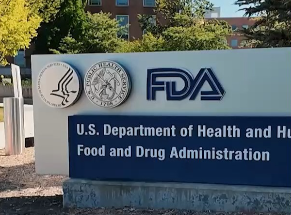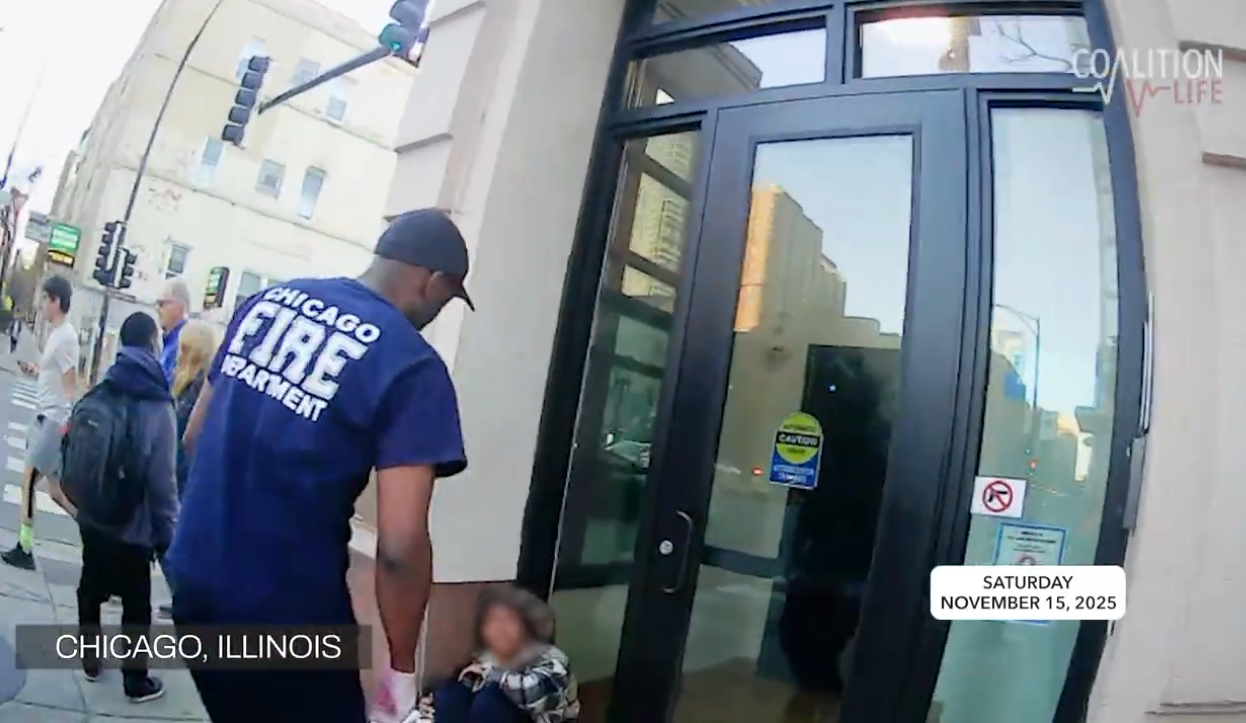Editor's note:
Live Action News conducted analysis of part 1 of Operation Rescue's annual survey of abortion facilities in the United States.
While OR's survey found that 367 abortion facilities had closed since 2013, the report said that overall abortion facility numbers are trending up, as in 2019 "new abortion facility openings slightly outpaced closures."
And while the number of surgical abortion facilities continues to decline, the number of chemical abortion facilities has steadily increased, with 15 new chemical abortion facilities in 2019, bringing the total in the U.S. to 245.
[Click here to subscribe to Pregnancy Help News!]
Chemical abortion is a two-pill process, the first pill mifepristone (or RU-486), destabilizes the mother's pregnancy by blocking progesterone receptors and reducing progesterone levels in her blood. That first pill is typically taken at an abortion provider's site, though illicit abortion pill sales are on the rise on-line. The second pill, misoprostol, is taken a day later to complete the abortion by inducing labor. The second pill being taken later means the mother is not at the facility, usually at home, often alone when she delivers her deceased baby - and on her own to face any complications that may occur as a result of the chemical abortion.
This process allows abortion providers to profit from chemical abortion without having to contend with post-abortion aftermath.
Operation Rescue found that the numbers of abortion facilities providing chemical abortion "have been steadily on the rise over the past decade, increasing 47 percent in the past ten years."
The report also noted that, "Planned Parenthood doubled down as a supplier of abortion-inducing drugs by opening five new pill clinics, dropping surgical abortions from five others, and adding chemical abortion availability to 14 of its centers that previously did not conduct abortions."
"Abortion businesses are desperately attempting to expand into untapped markets in order to stay solvent in a time when the overall demand for abortion has decreased," OR concluded in its report. "Profitable medication abortions have been the focus of this attempted expansion."
Tweet This: "Profitable medication abortions have been the focus of this attempted (abortion business) expansion"
Live Action's takeaways from part 1 of the OR report:
- Net gain of nine U.S. abortion facilities in 2019.
- 710 abortion facilities up from 701 in 2018.
- PP opened five new abortion pill facilities.
- PP added abortion pill to 14 of facilities
- PP ended surgical abortion at five facilities.
- 245 abortion pill (chemical abortion) facilities, increase of 15 from year prior.
- Chemical abortions [facilities] (abortion pill) climbing 47% over last decade.
- PP holds majority share (54%) of abortion facilities in nation.
- Now 381 PP abortion facilities
- 170 PP's do surgical abortions
- 211 PP's provide chemical abortions (abortion pill).
See Live Action's analysis HERE.
Editor's note: Pregnancy Help News is managed by Heartbeat International, which also manages the Abortion Pill Rescue Network.






